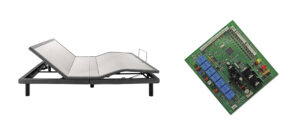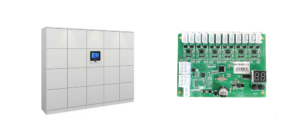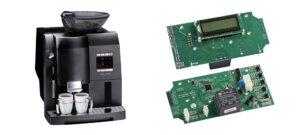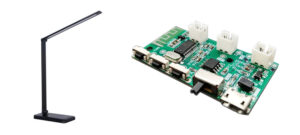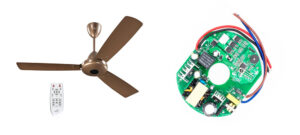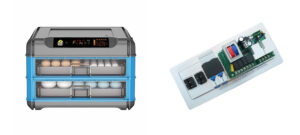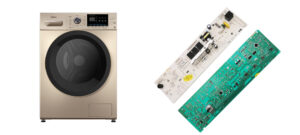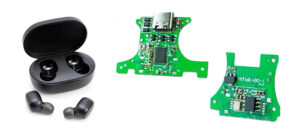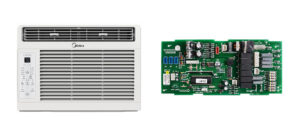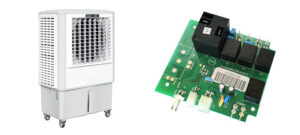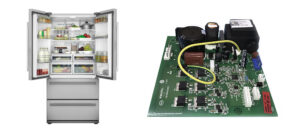A garage door system typically consists of a motorized device that opens and closes the garage door. The system is controlled by a circuit board that receives signals from remote controls or wall-mounted buttons. When a button or remote control is pressed, it sends a signal to the circuit board, which activates the motor to open or close the door. The circuit board also monitors the position of the door and stops the motor when the door reaches the fully open or closed position.
The motor is typically connected to a chain or belt that pulls the garage door up or down along a track. The garage door is usually balanced by torsion springs, which help to counterbalance the weight of the door and reduce the load on the motor. Safety features, such as sensors that detect obstacles in the path of the door, are also often included in modern garage door systems.
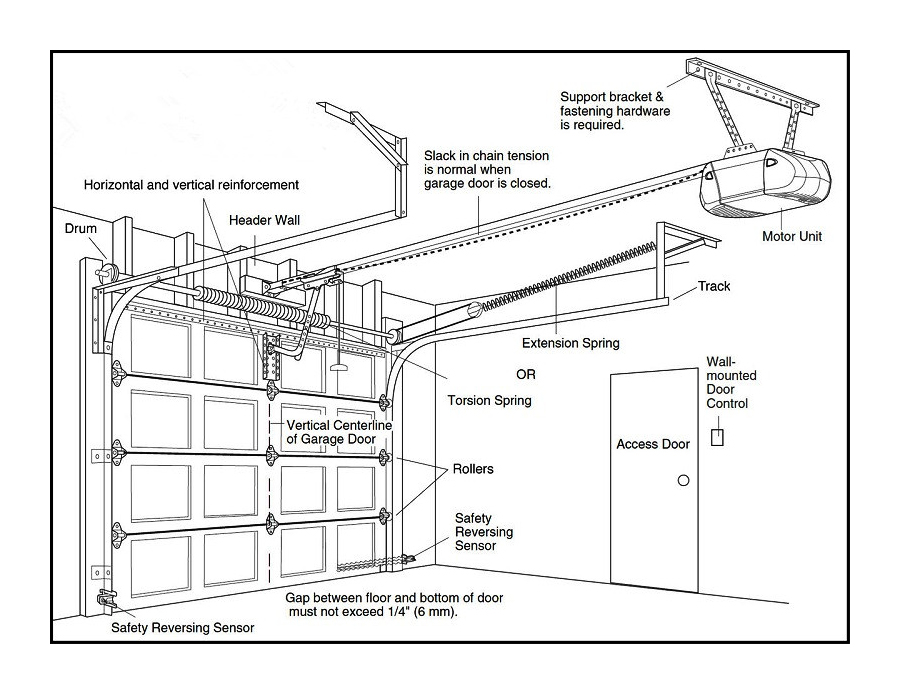
Designing a circuit board for a garage door requires careful consideration of the various components and functions of the system. Here are some general suggestions from SuperPCBA:
- Understand the system: It’s essential to have a good understanding of the garage door system, including the motor, sensors, and controls, to design a functional circuit board.
- Choose the microcontroller: The microcontroller is the brain of the system, and the selection depends on the requirements of the system. Some popular microcontrollers used in garage door systems are AVR, PIC, and ARM.
- Design the schematic: Once the microcontroller is selected, design the schematic for the circuit board. The schematic should include the microcontroller, power supply, sensors, motor driver, and other components required for the system.
- PCB Layout: After the schematic is complete, the next step is to create the PCB layout. The layout should consider the placement of components and routing of the traces to minimize interference and noise.
- Prototyping and testing: Once the PCB design is complete, it’s essential to prototype and test the circuit board. This step helps identify any design flaws and ensure that the circuit board is working as intended.
- Compliance testing: Before finalizing the design, it’s crucial to conduct compliance testing to ensure that the circuit board meets safety and regulatory standards.
- Finalizing the design: Once the design is tested and meets all the requirements, finalize the design, and prepare it for production.
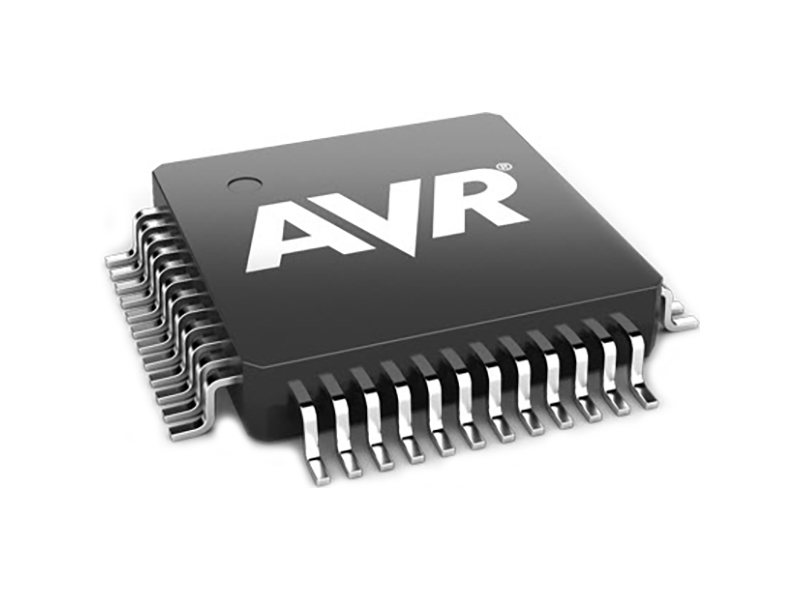
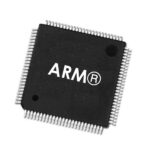
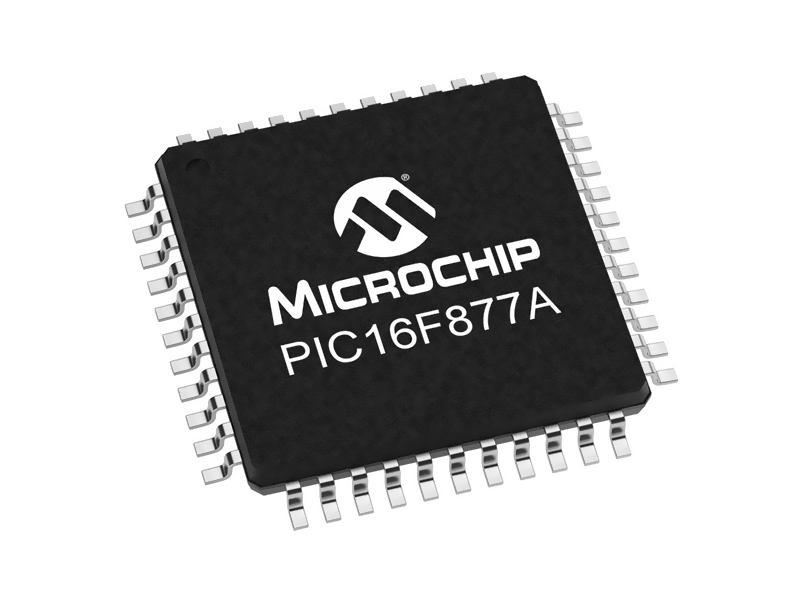
The microcontroller is the brain of the Garage Door Circuit Board. It is responsible for executing the programmed instructions and controlling various components of the garage door system.
Some of the functions of the microcontroller may include:
- Reading input signals from sensors such as limit switches or safety sensors to ensure proper operation and prevent accidents
- Controlling the motor that opens and closes the door
- Managing the communication between the garage door opener and the remote control or smartphone app
- Handling any error conditions and providing diagnostic information
AVR, PIC, and ARM are all popular microcontroller families used in various embedded systems, including garage door control systems. Each of these microcontrollers has its own strengths and weaknesses.
1, AVR microcontrollers are known for their simplicity, low power consumption, and ease of use. They are often used in simple systems that require low processing power, such as small appliances or toys.
2, PIC microcontrollers are popular for their flexibility, wide range of peripherals, and large user base. They are often used in more complex systems that require a higher level of integration, such as automotive systems or industrial control systems.
3, ARM microcontrollers are known for their high processing power, efficient power consumption, and extensive software support. They are often used in high-performance systems, such as robotics or medical devices.
In the context of garage door systems, the choice of microcontroller depends on the specific requirements of the system, such as processing power, number of input/output (I/O) pins, and power consumption. Factors such as cost, availability, and software support should also be considered. Ultimately, the choice of microcontroller should be based on the specific needs and constraints of the system being designed.


